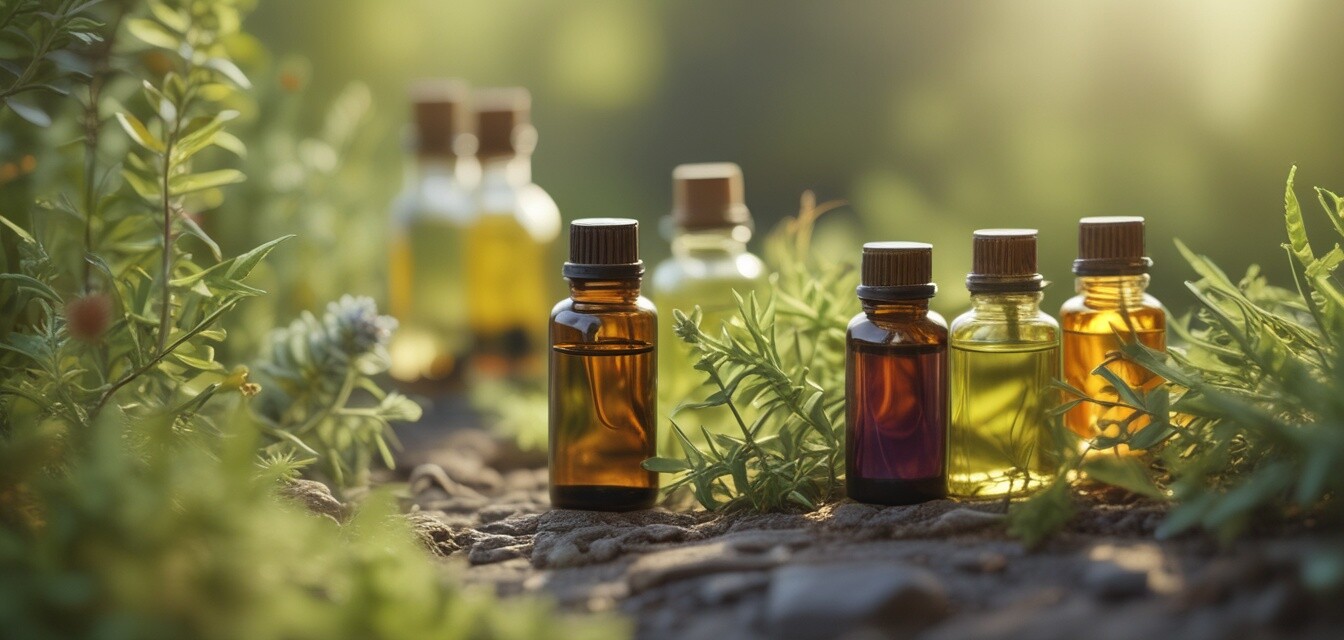
The Ultimate Guide to Essential Oil Quality
Key Takeaways
- Understand the different grades of essential oils.
- Learn how to identify high-quality essential oils.
- Explore tips for maximizing the benefits of essential oils.
- Familiarize yourself with the sourcing and extraction processes.
- Discover essential oil product categories available for wellness.
Essential oils have gained remarkable popularity as wellness products, but not all oils are created equal. In our ultimate guide, we will delve into the various grades of essential oils and provide insights on how to select the best products that align with your wellness goals. Whether you are a beginner or a seasoned user, understanding essential oil quality is essential for achieving effective results.
What are essential oils?
Essential oils are concentrated extracts derived from plants, capturing their natural fragrance and beneficial properties. They are commonly used in aromatherapy, cosmetics, and wellness practices, offering a range of experiences tailored to individual needs.
The importance of quality
The potency and effectiveness of essential oils depend heavily on their quality. Low-quality oils can lack desired benefits, while high-quality oils can provide authentic experiences and potential wellness support. Therefore, selecting the right essential oils is crucial for maximizing their intended uses.
Grades of essential oils
Essential oils can be categorized into different grades, which often indicate their purity and therapeutic potential. Let’s take a closer look at the common grades:
| Grade | Description | Typical Uses |
|---|---|---|
| Therapeutic Grade | High-quality oils free from contaminants, ideal for therapeutic uses. | Aromatherapy, massage, and personal care products. |
| Food Grade | Safe for consumption, sourced and processed without harmful additives. | Flavoring in food, beverages, and culinary uses. |
| Fragrance Grade | Contains synthetic components and is not recommended for therapeutic use. | Perfumery and scented products. |
| Adulterated Oils | Poor-quality oils blended with cheaper fillers, impacting effectiveness. | Generally not recommended for wellness purposes. |
How to identify high-quality essential oils
Knowing how to identify quality essential oils can assist you in making informed purchase decisions. Here are some essential tips:
- Check for purity: Look for oils labeled as 100% pure essential oil.
- Review the sourcing: High-quality oils are often sourced from reputable suppliers who disclose information about their sourcing practices.
- Understand the extraction method: The best oils are usually cold-pressed or steam-distilled.
- Research testing: Reputable brands often provide third-party testing results.
- Avoid synthetic additives: Check labels for any synthetic fragrances or fillers.
Popular essential oil categories
To assist you further in your wellness journey, here are popular essential oil categories available:
- Aromatherapy Products
- Herbal Remedies
- Massage Oils and Tools
- Relaxation and Sleep Aids
- Wellness Supplements
Tips for maximizing benefits from essential oils
Beginners Section
- Always dilute essential oils with a carrier oil before topical use.
- Conduct a patch test before using a new oil on your skin.
- Use a diffuser to create a calming environment with essential oils.
- Keep essential oils in a cool, dark place to maintain their quality.
- Stay informed about the properties and safe usage of each essential oil.
Conclusion
Choosing high-quality essential oils is essential for enhancing your wellness journey. By understanding the different grades, sourcing methods, and how to identify quality, you can make informed decisions that benefit your well-being. Remember to explore various product categories, check for purity and test results, and apply the tips shared in this guide to maximize your essential oil experience.
